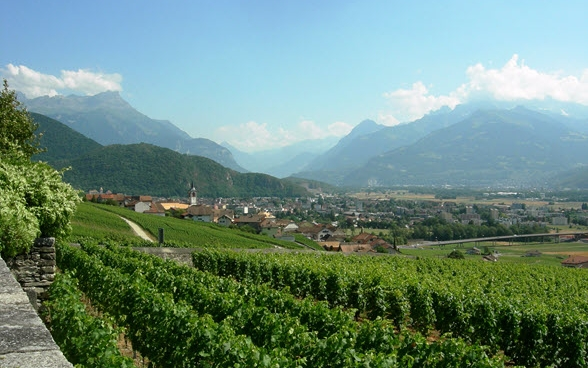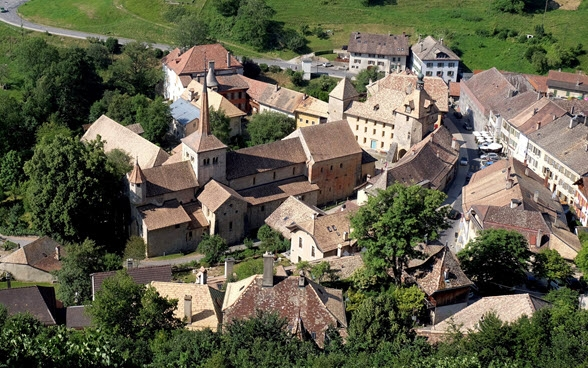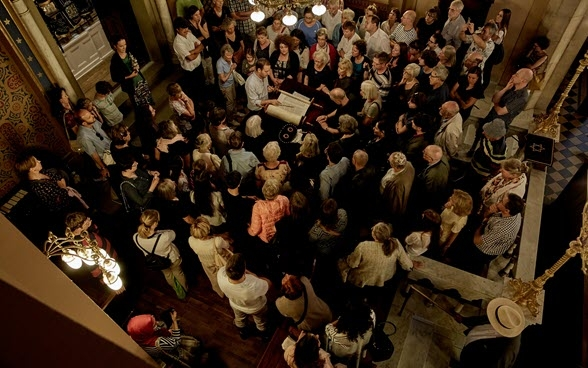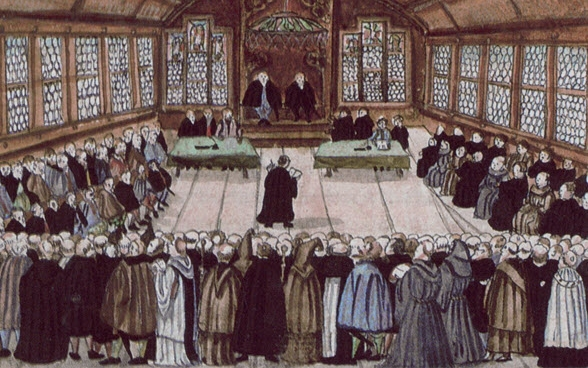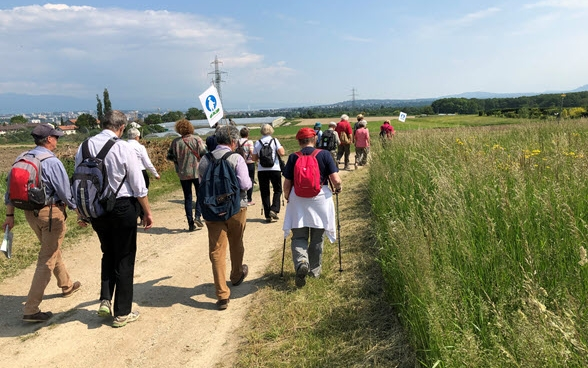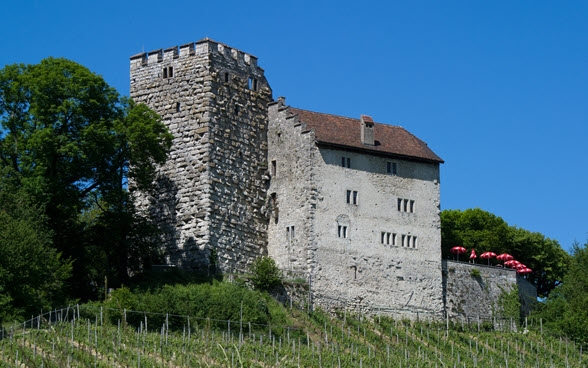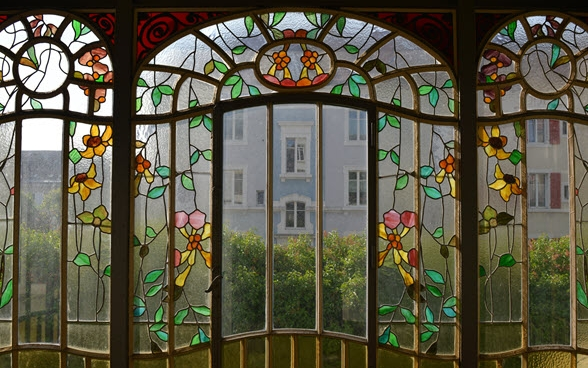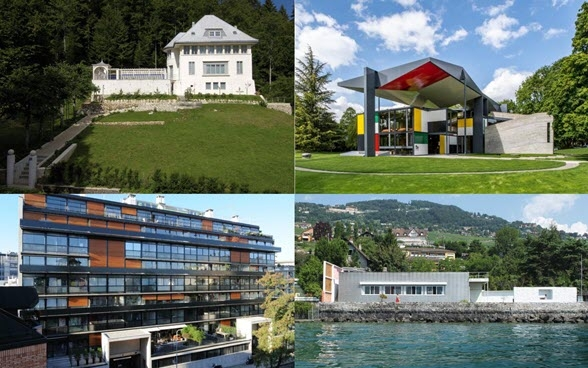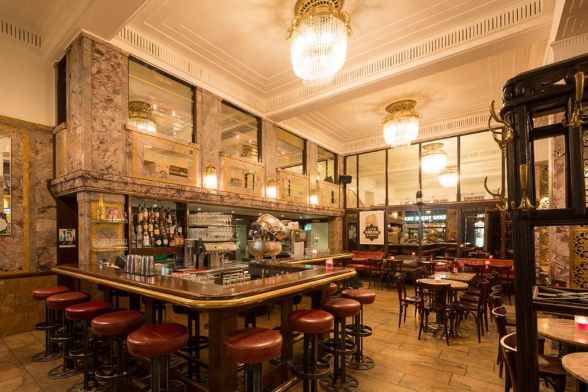The programme of Cultural Routes, launched by the Council of Europe in 1987, currently spans 45 certified routes covering over 60 countries with more than 2,400 members. The programme of Cultural Routes was formalised in 2010 by the Enlarged Partial Agreement on Cultural Routes (EPA), designed to facilitate improved cooperation among countries with a strong interest in developing Cultural Routes. It therefore helps add to the potential of these routes for cultural cooperation, sustainable territorial development and social cohesion, with a particular focus on themes of symbolic importance for European unity, history, culture and values and the discovery of less well-known destinations.
The EPA strengthens the democratic dimension of exchanges and cultural tourism by involving networks and associations in the different countries, plus local and regional communities, universities and professional organisations. In addition, the agreement aims to preserve diversity through Cultural Routes and projects based on alternative themes and tourist trails.
As a signatory to the Enlarged Partial Agreement on Cultural Routes, Switzerland has joined an initiative aiming to promote cultural heritage and sustainable tourism. It is therefore an opportunity to value the wealth and diversity of Swiss patrimony by emphasising its close links with major cultural ensembles.
Located in the heart of Europe, Switzerland is connected with 12 Cultural Routes comprising identified trails, for example Via Francigena and networked sites, such as the European Route Destinations Le Corbusier. The routes in Switzerland are sustained by different structures, such as associations, tourism offices and museums tasked with representing and developing their routes on Swiss territory.


